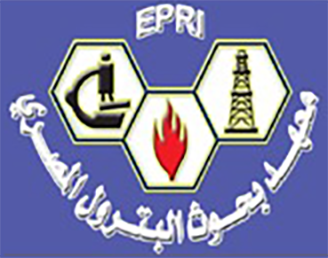Article Type
Review Article
Abstract
The substantial volumes of food waste (FW) generated globally pose a grave threat to the environment, a concern exacerbated by the increasing population growth worldwide. Anaerobic digestion (AD) stands out as an ideal and effective solution for addressing this problem due to its multifaceted benefits. These include effective FW management and treatment, as well as the generation of renewable energy. This review provides to provide an in-depth overview of the anaerobic digestion process for food waste, covering its characteristics, stages, parameters, approaches to codigestion, its different uses, and pretreatment methods, which play pivotal roles in enhancing the overall process. To maximize economic returns, it is recommended to implement co-digestion of FW and advanced pre-treatment methods, as well as optimizing co-digestion strategies by balancing substrate mixtures and nutrient supply. These approaches ensure stable and efficient AD processes, leveraging existing infrastructure to reduce costs and generate sustainable revenue through biogas utilization. This approach not only enhances biogas yield but also supports sustainable waste management and energy production
Keywords
Renewable Energy ∙Food Waste ∙Food Waste Recycling ∙Anaerobic digestion ∙Biogas
Recommended Citation
El-Sheikh, Hamees M.; Gammal, Yasser O. El; and Ahmad, Seleem S.E.
(2025)
"Optimizing Food Waste Digestion: A Review of Parameters and Pre-treatment Techniques,"
Egyptian Journal of Petroleum: Vol. 34
:
Iss.
2
, Article 4.
Available at: https://doi.org/10.62593/2090-2468.1064
Creative Commons License

This work is licensed under a Creative Commons Attribution-NonCommercial-No Derivative Works 4.0 International License.







